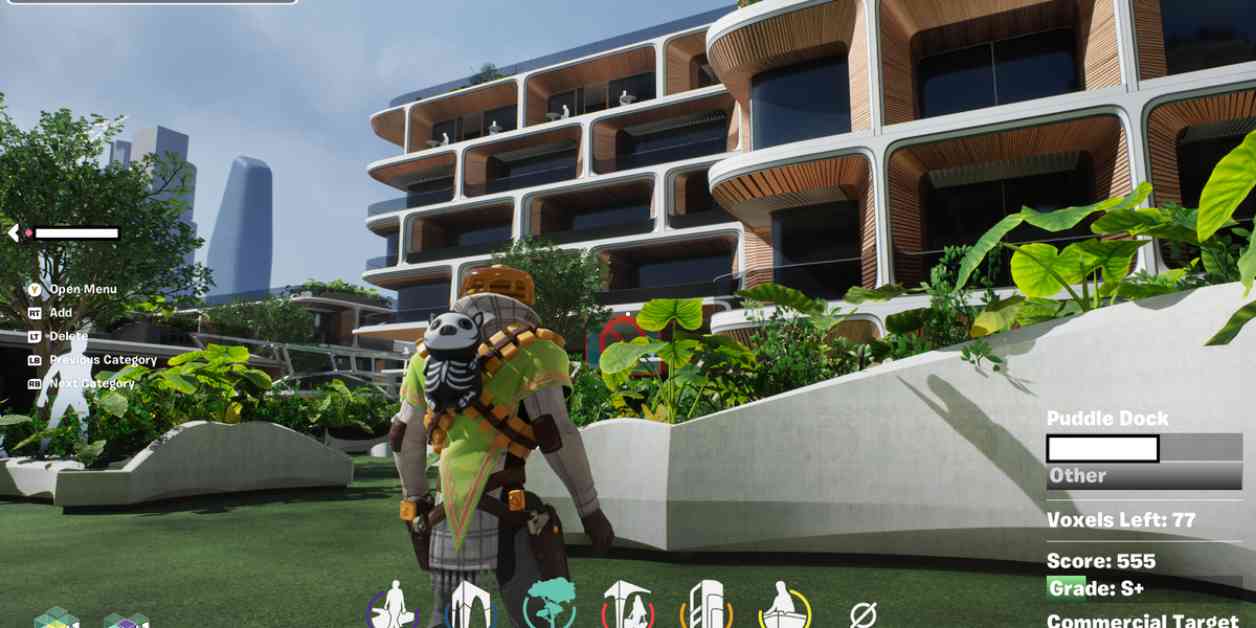Zaha Hadid, known for her unique architectural designs, once expressed her surprise at not being asked to design anything significant in London. However, a recent collaboration called Re:Imagine London between Zaha Hadid Architects and Epic Games is changing the game. This project involves building modular structures in Fortnite, a popular video game, allowing players to create their own unique buildings next to iconic landmarks like St Paul’s Cathedral and the Tate Modern.
The concept of megastructures, as discussed in Reyner Banham’s book, has inspired this collaboration. Megastructures are large buildings that serve multiple purposes within a community. In Fortnite, players can experiment with different building types, such as residential units, offices, parks, and sculptures, to create a harmonious environment. The modular nature of the buildings allows for flexibility and adaptability, as walls warp and paths converge based on the player’s choices.
Shajay Bhooshan, co-founder of Zaha Hadid CODE, the computational design group within the architecture firm, emphasizes the importance of focusing on user experience in architecture. Virtual architecture, as seen in projects like Re:Imagine London, is considered just as real as physical architecture when it comes to enhancing human activity and interaction. The spatial internet concept, where online spaces are structured like cities, aims to bring people together in meaningful ways, similar to how physical cities function.
The collaboration between Zaha Hadid Architects and Epic Games has opened up new possibilities for architectural design. By allowing players to engage in participatory architecture within the virtual world of Fortnite, the project highlights the importance of user-centered design and realistic urban spaces. The speed and ease with which players can create complex structures in the game demonstrate the potential for using gaming platforms as a medium for architectural exploration and experimentation.
Looking ahead, Bhooshan envisions a future where virtual architecture becomes a reality, with games like Fortnite serving as virtual layers for real cities. Cultural institutions could host events, advertise exhibitions, and engage with the public in virtual spaces that mirror their physical locations. The idea of virtual cities coexisting with real cities opens up possibilities for expanded use of space, although constraints such as design limitations and human effort still apply.
Ultimately, the collaboration between architecture and game design in projects like Re:Imagine London demonstrates the potential for creating innovative, user-centric spaces in both the physical and virtual worlds. By leveraging the interactive nature of gaming platforms, architects can engage with a wider audience and rethink traditional approaches to urban design and architecture. The fusion of architecture and gaming opens up new avenues for creativity, collaboration, and exploration in the ever-evolving field of design.

